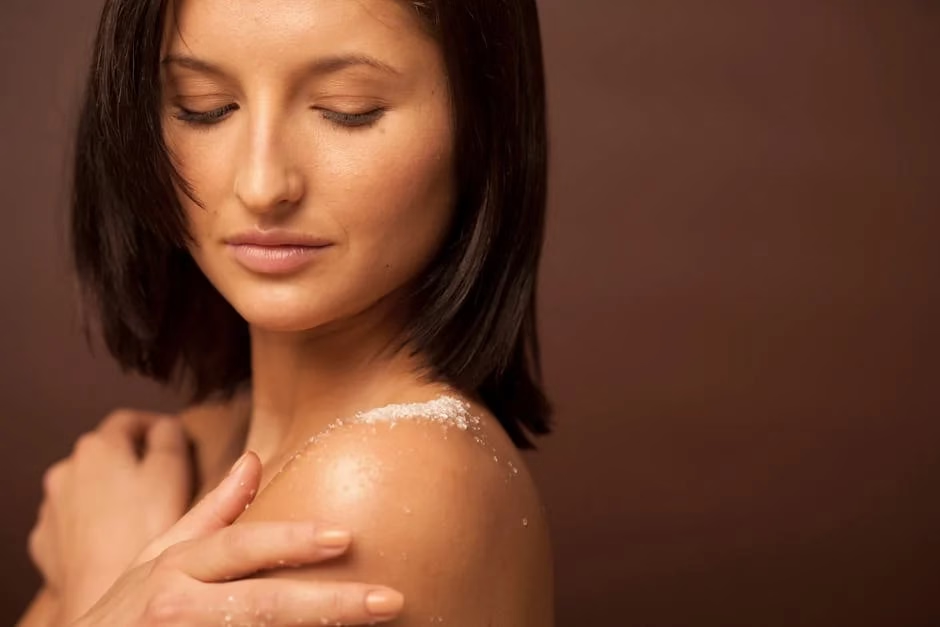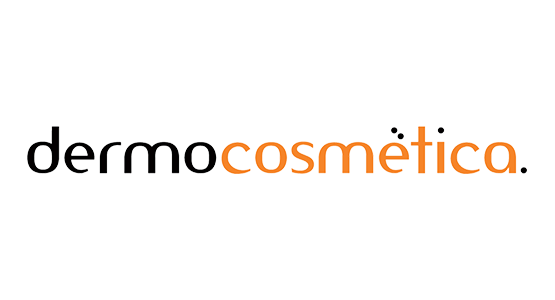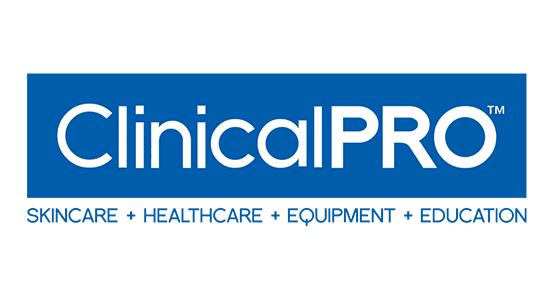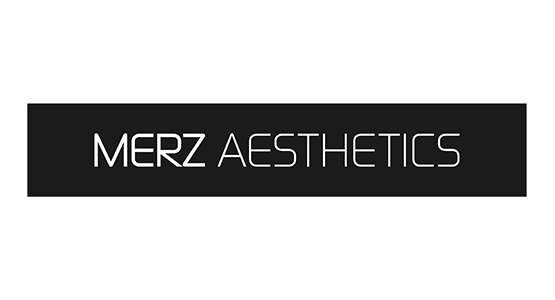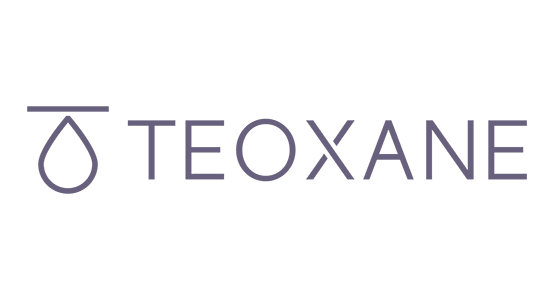Peel Back the Years: Understanding Retinol Chemical Peels
Retinoic acid peels are medium depth peels for melasma pigmentation. Vitamin A Peel is a retinoid acid peel and is a prescription only, medical grade peel which is used to improve skin health and to restore a health. They work by gentle exfoliation of the skin in addition to blocking pigment production. This peel is over 1000X stronger than retinol- hence it is useful to improve skin quality, including sun damage, pigment & fine wrinkles. It is best used as a maintenance treatment for melasma.
- Promotes skin renewal by removing dead skin cells.
- Targets aging signs like fine lines, wrinkles, and pigmentation issues.
- Boosts skin tone and texture, enhancing overall appearance.
- Suitable for all skin types, with proven results.
As we age, maintaining healthy and youthful skin becomes a priority. A retinol chemical peel addresses common concerns like aging signs, acne, and uneven skin tone by promoting new skin growth. This peel is an ideal choice for those seeking a non-invasive way to refresh their skin and regain confidence.
A retinol chemical peel is a type of skincare treatment that uses the power of Vitamin A to exfoliate the skin. This process helps remove dead skin cells and promotes the turnover of new, healthy cells. This peel works by activating cell turnover, to exfoliate the surface cells helping unclog pores and reduce pigmentation.
Exfoliation is a key part of what makes retinol peels effective. By removing the outer layer of dead skin cells, these peels reveal a healthier skin. Unlike other chemical peels that rely on acids, retinol peels use Vitamin A, making them suitable for all skin types.
Cell turnover is another important benefit. Retinol stimulates the production of new skin cells, which can improve skin texture and tone over time. This increased cell turnover helps reduce the appearance of fine lines, wrinkles, and pigmentation issues.
Benefits of Retinol Chemical Peels
Retinol chemical peels are a powerhouse in skincare, offering a range of benefits that can transform your complexion. Let’s explore why these peels are so effective:
Fine Lines and Wrinkles
Retinol is celebrated for its anti-aging properties. By boosting collagen production, retinol peels help reduce the appearance of fine lines and wrinkles. This makes the skin look smoother and more youthful. Imagine waking up to a face that feels firmer and looks refreshed.
Hyperpigmentation
Hyperpigmentation, those dreaded dark spots, can be a challenge. Retinol peels work wonders here by inhibiting melanin production. Consistent use can lead to a more even skin tone, reducing the visibility of these spots over time.
Acne
Acne isn’t just a teenage problem. For many adults, it can be a persistent issue. Retinol peels help by unclogging pores and reducing inflammation, which can lead to fewer breakouts. Plus, they can help fade acne scars, giving you clearer, smoother skin.
Skin Tone and Texture
One of the standout benefits of retinol peels is their ability to improve skin tone and texture. By promoting cell turnover, these peels help shed the dull, dead skin layers, revealing a brighter skin underneath. Your skin will not only feel softer but also appear more youthful.
Overall Skin Health
Beyond targeting specific issues, retinol chemical peels improve overall skin health. They can increase skin elasticity and hydration, contributing to a plump and healthy appearance. This is why people who incorporate retinol peels into their skincare routine often notice a significant improvement.
Incorporating a retinol chemical peel into your skincare regimen can address multiple skin concerns at once.
How Retinol Chemical Peels Work
Understanding how a retinol chemical peel works can help you appreciate its transformative effects on the skin. Let’s break down the science behind these potent peels:
Collagen Production
Collagen is the protein that keeps our skin firm and plump. As we age, collagen production decreases, leading to sagging and wrinkles. Retinol peels stimulate collagen production, which helps to firm up the skin and smooth out fine lines and wrinkles. This boost in collagen is one of the key reasons why retinol peels are so effective in rejuvenating the skin.
Gene Expression
Retinol goes beyond the surface. It influences gene expression within the skin cells. This means it can actually “tell” your skin to behave in a more youthful way. By regulating genes involved in cell turnover and collagen production, retinol helps your skin regenerate more effectively, leading to a fresher appearance.
Skin Rejuvenation
The magic of retinol peels lies in their ability to promote skin rejuvenation. They accelerate cell turnover, pushing old, dull skin cells to the surface where they can be sloughed off.
Retinol chemical peels are a powerful tool in the fight against aging and skin imperfections. By boosting collagen, influencing gene expression, and promoting cell turnover, these peels offer a better approach to skin rejuvenation. This makes them a valuable addition to any skincare routine.
Retinol Chemical Peel vs. Other Peels
When it comes to renewing your skin, not all peels are created equal. Let’s explore how a retinol chemical peel compares to other types of peels, specifically those using AHAs and BHAs.
Alpha Hydroxy Acids (AHAs) and Beta Hydroxy Acids (BHAs)
AHAs and BHAs are common chemical exfoliants found in many skincare products. They work by loosening the bonds between dead skin cells, allowing them to be easily removed. AHAs, like glycolic acid, target the skin’s surface to improve texture and tone. BHAs, such as salicylic acid, go deeper into the pores, making them effective for acne-prone skin. Both provide immediate results, leaving the skin smoother and more radiant.
Retinol’s Unique Approach
While AHAs and BHAs work on the skin’s surface, retinol penetrates deeper. It stimulates cell turnover from within, promoting long-term skin rejuvenation. This makes retinol a more potent option for addressing fine lines, wrinkles, and hyperpigmentation over time.
The Need for Neutralization
One key difference is the need for neutralization. AHAs and BHAs often require a neutralizing step to stop their action on the skin. This is because they continue to work until deactivated, which can lead to irritation if left unchecked. Retinol, on the other hand, does not require neutralization. Its effects unfold gradually, reducing the risk of irritation.
Choosing the Right Peel
Choosing between a retinol peel and other chemical exfoliants depends on your skin’s needs. If you’re looking for immediate results, AHAs or BHAs might be the way to go. For long-term benefits and deeper rejuvenation, a retinol chemical peel is a strong contender.
Incorporating the right peel into your skincare routine can make a significant difference in your skin’s appearance.
How to Incorporate Retinol Chemical Peels into Your Routine
Adding a retinol chemical peel to your skincare routine can transform your skin, but it’s important to do it right. Here’s how to make the most of this powerful treatment.
Start Slowly
When introducing a retinol chemical peel, start slowly, be guided by your practitioner on the right regime for your skin.
Complement Your Skincare Regimen
Integrate the peel into a balanced skincare regimen. Use gentle cleansers and moisturizers to support your skin’s health. Avoid using other strong exfoliants or products with active ingredients like AHAs or BHAs on the same day to prevent over-exfoliation.
Sun Protection is Key
Retinol makes your skin more sensitive to the sun. Always apply a broad-spectrum sunscreen with at least SPF 50 during the day, even if you’re indoors. This protects your skin from UV damage and ensures the peel’s benefits aren’t compromised.
Hydration and Moisturization
After a retinol peel, your skin may feel dry as it goes through the shedding process. Keep your skin hydrated with a good moisturiser. Look for products with soothing ingredients like hyaluronic acid or ceramides to lock in moisture and calm the skin.
Monitor and Adjust
Pay attention to how your skin responds. If you notice excessive redness or irritation, reduce the frequency of the peels. Everyone’s skin is different, so finding the right balance is crucial for achieving the best results.
Frequently Asked Questions about Retinol Chemical Peels
What does a retinol chemical peel do?
A retinol chemical peel works wonders for your skin by boosting hydration, improving elasticity, and enhancing clarity. It uses Vitamin A to gently exfoliate the skin, promoting cell turnover. This process helps shed dead skin cells and brings fresh, new cells to the surface. The result? Smoother, more healthy skin with a noticeable reduction in fine lines, wrinkles, and uneven skin tone.
Is retinol peeling a good thing?
Absolutely! Peeling is a natural and beneficial part of the retinol peel process. It’s known as the “purging phase,” where old, damaged skin makes way for new, healthy skin. While peeling might sound alarming, it’s a sign that the treatment is working. This phase usually begins around the third day after the peel and can last up to a week. During this time, your skin is renewing itself, leading to a clearer and more refined appearance.
How long does retinol peel last?
The effects of a retinol chemical peel can last for several months, depending on your skin type and routine. While the immediate peeling and rejuvenation process takes about a week, the benefits, such as improved texture and reduced signs of aging, can be long-lasting. However, maintain your results with regular treatments and proper skincare.
Side Effects and Sun Sensitivity
After a retinol peel, your skin will be more sensitive to the sun. This increased sensitivity is a common side effect, so it’s crucial to protect your skin with a broad-spectrum sunscreen daily. Other mild side effects may include temporary redness and dryness. These are normal and typically subside as your skin adjusts to the treatment. To minimize these effects, keep your skin well-moisturized and avoid direct sun exposure whenever possible.
Incorporating a retinol chemical peel into your skincare routine can lead to dramatic improvements. Just remember to be patient and protect your skin to enjoy the full benefits of this transformative treatment.
Conclusion
Our focus is on helping you achieve your skincare goals. Make an appointment online www.hamiltonskinclinic.com.au

